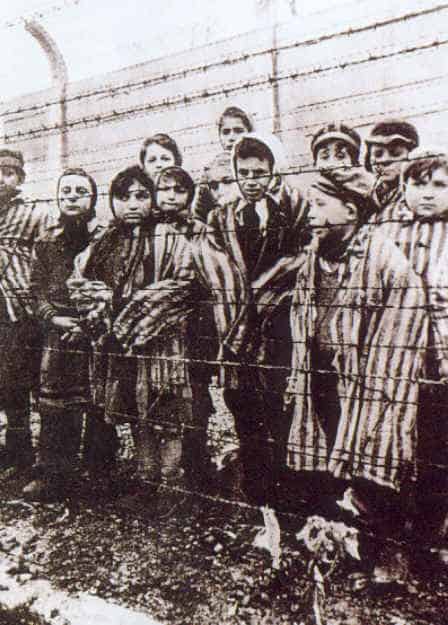

This review focuses on only a few topics in this comprehensive scholarly work, and addresses some of the distortions of other reviewers.
Lukas consistently presents both sides of the story. For this, he has been labeled a “Polish nationalist” or “apologist” of some sort. He clearly is not. For instance, he is critical of Polish disunity in the prewar government and in the Polish Government-in-Exile. He is candid about Polish-German collaboration, and the tactical errors of the Warsaw Uprising. He is unjustifiably harsh on the Polish-Underground NSZ.
Most amazing of all is the assertion that Lukas equates the experiences of Jews and Poles. In actuality, Lukas recognizes the fact that the Nazis targeted the Jews for immediate and total annihilation. (e. g., p. 151). In contrast, the German genocide of Poles focused on the destruction of the intelligentsia, cultural genocide, etc. The total, or near-total, extermination of the Poles was to await the end of the war (pp. 4-5), with the “resettlement” provisions of GENERALPLAN OST possibly/probably being a euphemism for this extermination. [Recall that the extermination of Jews was also disguised as “resettlement”.]
Those much-mentioned “Poles who would be Germanized” represented only 3% of the Polish population of the Reich-annexed regions. (p. 24). Furthermore, in German eyes, they were not Poles. They were Germans who had become Polonized, and would now be re-Germanized.
The no-Polish-Quisling-because-the-Germans-never-wanted-one argument (e. g., by Jan T. Gross) is fallacious. The Germans unsuccessfully approached Prince Janusz Radziwill, and others, as prospective Quislings. (pp. 111-112). An Israeli study estimates that about 7,000 ordinary Poles collaborated with the Germans. (p. 117). [This comes out to a vanishing 1 in 4,000 ethnic Poles.]. As for the szmalcowniks, there were probably no more than about 1,000 in Warsaw. (pp. 250-251). Contrary to accusations, the Polish Underground did systematically liquidate blackmailers of Jews, and, furthermore, was largely successful in ending their plague in some geographic areas of German-occupied Poland. (p. 119).
The number of Jews who survived in German-occupied Poland is unknown. Figures of 40,000-50,000, 100,000-120,000, and even 200,000 or 300,000 have been quoted. (p. 149). Virtually all had depended on Polish help.
Lukas gingerly defends Bor Komorowski against the charge of his early Underground contacts with the Jews being postwar fabrications. (p. 173). Lukas’ account of the scale of Polish aid to the Warsaw Ghetto Uprising itself could be greatly expanded and updated. See [link][TWO FLAGS: RETURN TO THE WARSAW GHETTO].
Some (e. g. David Engel) have accused the Polish Government-in-Exile of playing down what it knew about Jewish deaths, possibly because of anti-Semitism. Ironic to this, an unnamed British official had asserted, in December 1942, that there was “no reliable evidence” that the Germans were exterminating the Jews, and that Poles were talking TOO MUCH about Jewish deaths—in part to show that they were not anti-Semitic! (p. 160). Go figure.
Lukas’ outstanding work is only the beginning. For further, in-depth study of the little-known genocide of Poles, see the Peczkis Listmania: FORGOTTEN HOLOCAUST…
